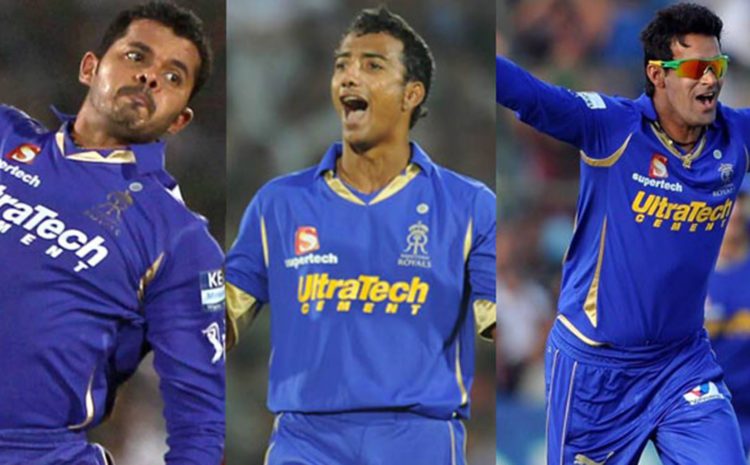A Series of Scandalous in the Crickets World – Part III
In the last part of this article we are going to reveal more scandals or controversies events which happen in the history of crickets.
2013 IPL Spot-Fixing Scandal
On 4 June 2013, Delhi Police had stunned the cricket world by arresting three cricketers namely Sreesanth, Ajit Chandila and Ankeet Chavan, on the charges of suspected spot-fixing together with 14 alleged bookies. The Delhi police has been recording phone calls since April 2013 and later found out events involving not only Indian Premier League but also Bangladesh Premier League.
The Board of Control for Cricket in India (BCCI) has immediately suspended all players right after the incident and launched an investigation on the scandal. The official verdict was that Sreesanth and Chavan have earned a lifelong ban from competition. Amit Singh, another Royals player, got a lesser five-year suspension.
The “Bodyline” Controversy
The Bodyline Dispute is yet another situation where anything allowed in the rules is in clear contrast with the heart of the game. This season, the British cricket team was playing against the Australians in Australia in 1932-33. The home team, headed by Donald Bradman, had defeated England well in the previous match and was predicted to do so again.
That is why the captain of England, Douglas Jardine, developed what came to be regarded as bodyline tactics. Instead of regular bowling, the fast bowlers started to guide their deliveries to the body of the batsman. In an attempt to prevent getting pelted, the player will use the bat to protect itself, culminating in the ball getting stuck through the air. Therefore, the fielders placed around the batsman will allow the grab and discard the batsman. The plan succeeded well, but it caused a lot of confusion. Again, that was not the core of the gentleman’s game. The Australians were angry at the entire debacle. Eventually, bodyline strategies contributed to a rule reform in which the captain could only put two fielders behind the square leg arbiter.
Rebel Tours of South Africa
In 1970, South Africa was barred from world cricket because of the apartheid rules. The local cricket authorities sought to establish a solution instead of heading without the sport. They started hiring top foreign players from the West Indies, England, and Australia to go on tour and participate in the National Team Games. South Africa started to compensate participants to take part in such “rebel tours” in the 1980s, and was the source of much debate.
Cricket authorities from England, the West Indies, and Australia eventually had enough and replied by enforcing bans on the players trapped in these rebel games. In reality, due to the rebel tours, many foreign careers have ended. In 1989, a party of English cricketers tried to tour South Africa, but they were met with huge demonstrations. The tour was canceled, and international cricket has remained prohibited in the region. Nelson Mandela finally came to power, apartheid began, and South Africa was re-elected to international cricket tournaments.
Match fixing in the Bangladesh Premier League
The Bangladesh Premier League (BPL) had its first polemic in 2012, before the tournament had even started. Mashrafe Mortaza, one of Bangladesh’s leading fast bowlers and captain of the Dhaka Gladiators, told team management that BPL matches may be scheduled using a possible spot-setting strategy by a fellow cricketer.
Later, new claims of match fixing appeared in BPL 2013. The 28-year-old Ashraful was reported to have charged around one million takas (US$ 12,800) to lose the game between the Dhaka Gladiators and the Chittagong Kings. Mohammad Ashraful was questioned many times by ACSU and confessed to the media that he had reported something to the ICC. He also apologized to the country for his wrongdoings.





